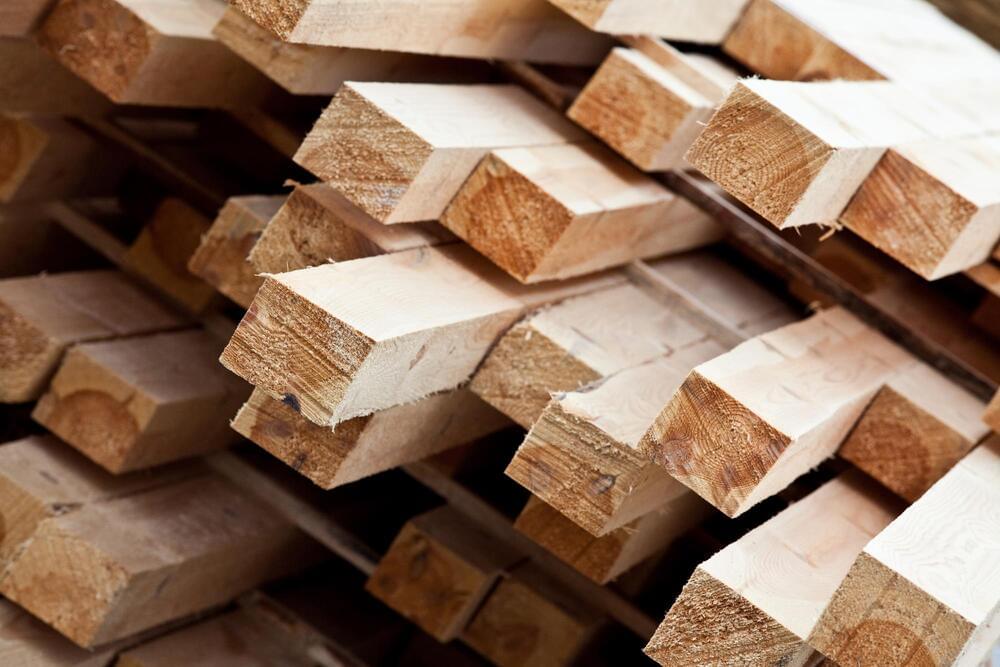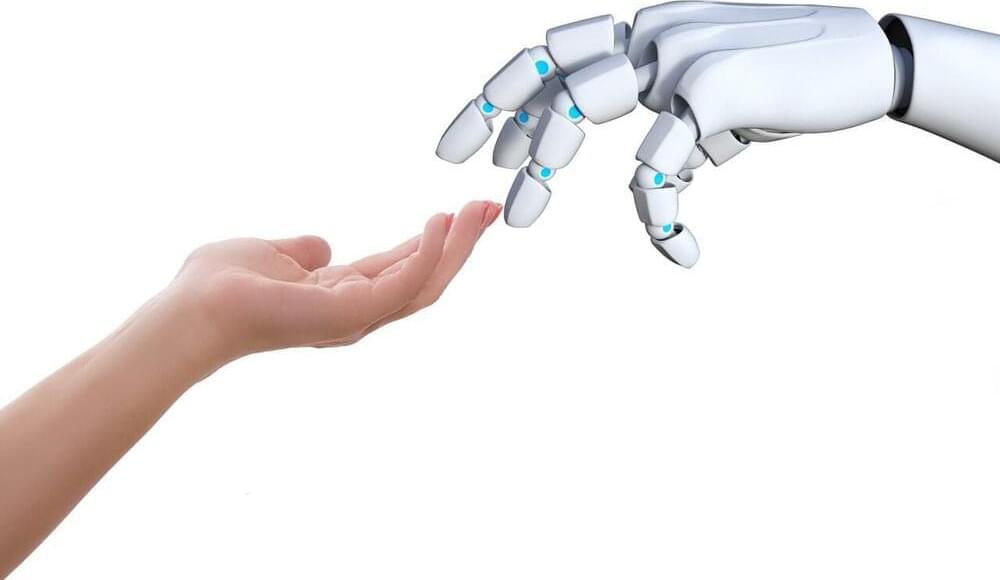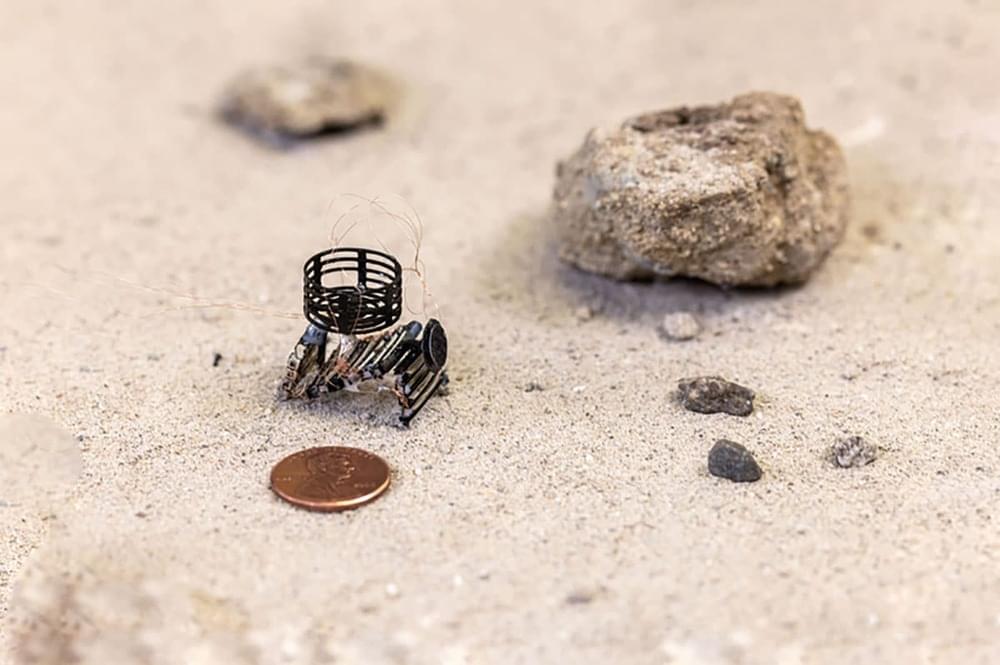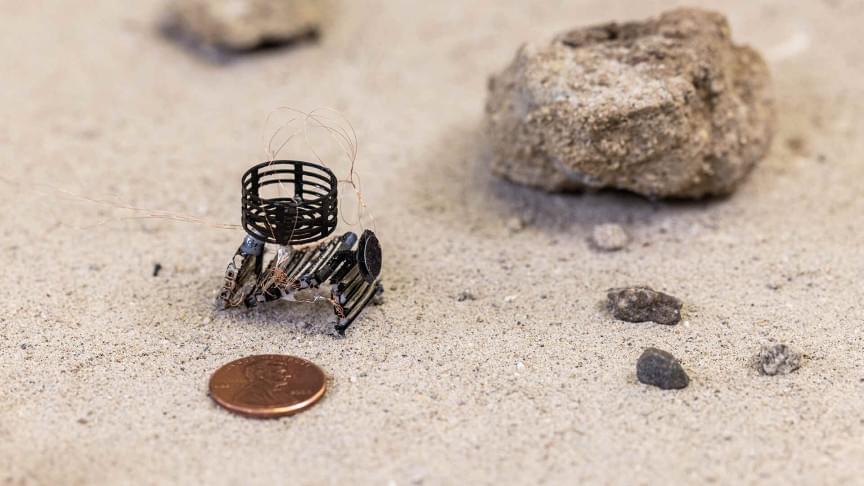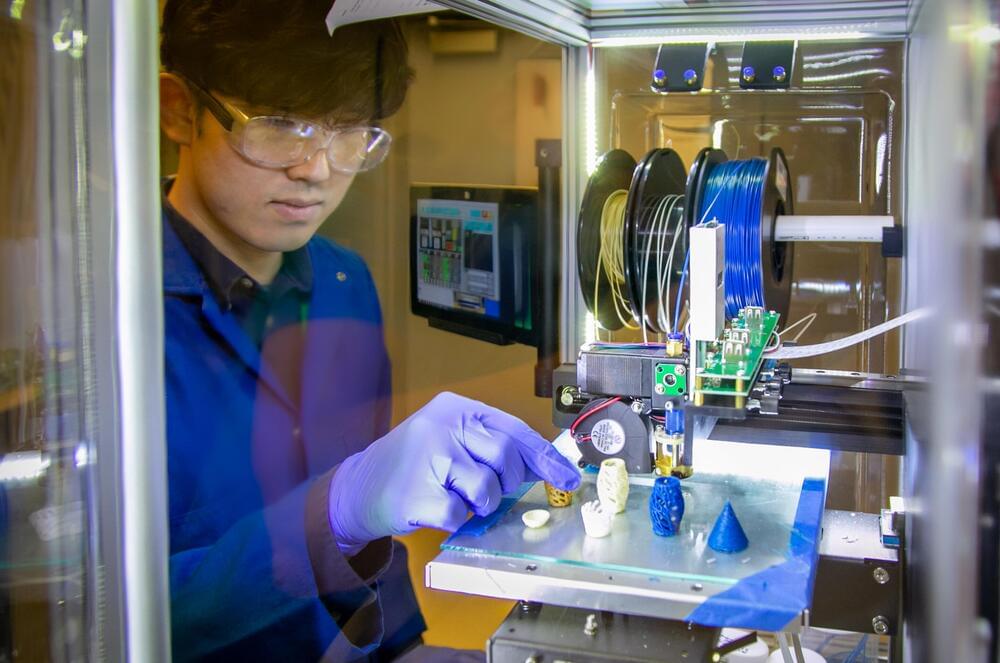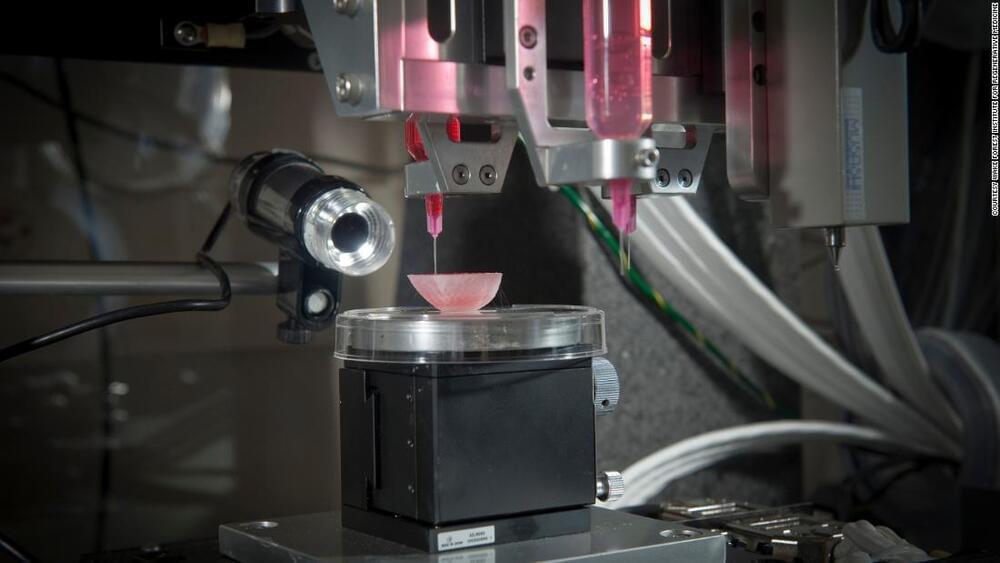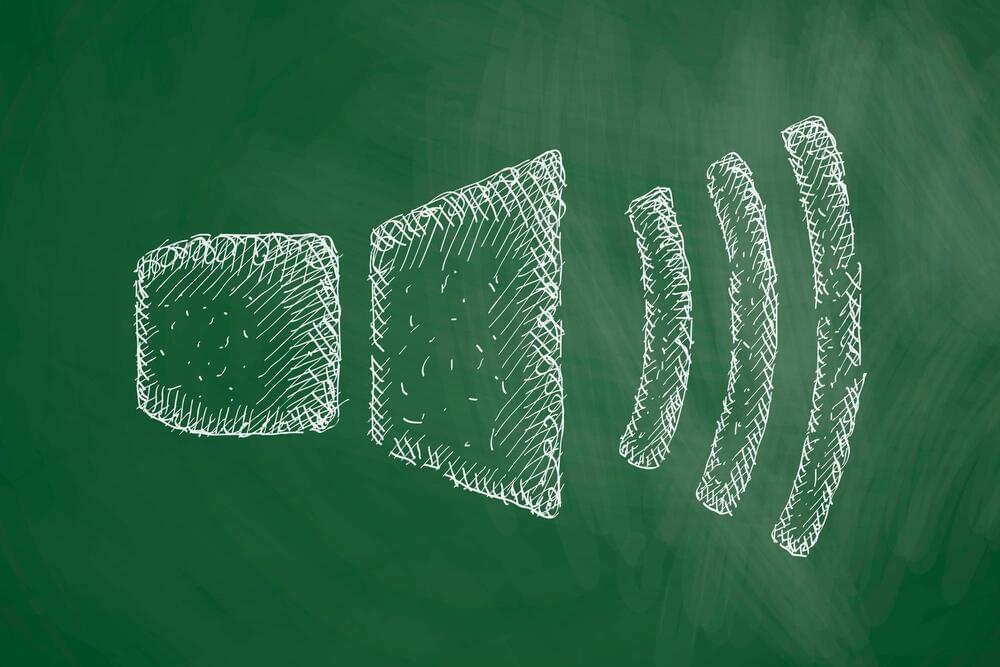Jun 28, 2022
Lab-grown plant matter marks a step towards 3D-printable wood
Posted by Quinn Sena in categories: 3D printing, climatology, sustainability
Chopping down trees and processing the wood isn’t the most efficient or environmentally friendly way to make furniture or building materials. Scientists at MIT have now made breakthroughs in a process that could one day let us 3D print and grow wood directly into the shape of furniture and other objects.
Wood may be a renewable resource, but we’re using it up much faster than we’re replenishing it. Deforestation is having a drastic impact on wildlife and exacerbating the effects of climate change. Since our appetite for wooden products isn’t likely to change, our methods for obtaining it will have to.
In recent years, researchers have turned to growing wood in the lab. Not trees – just the wood itself, not unlike the ongoing work into cultivating animal cells for lab-grown meat, rather than raising live animals and slaughtering them. And now, a team of MIT scientists has demonstrated a new technique that can grow wood-like plant material in the lab, allowing for easy tuning of properties like weight and strength as needed.
